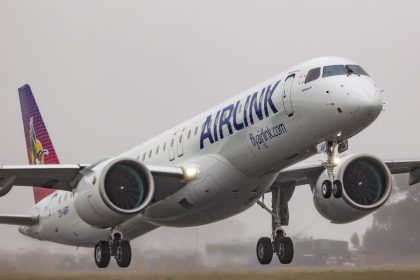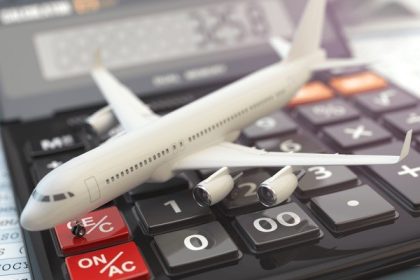IATA updates Cargo and Ground Operations manuals to reflect new safety and digital standards

IATA, the International Air Transport Association, has released the 2026 editions of its cargo and ground operations manuals, introducing nearly 100 major updates to align with technological change, regulatory evolution, and emerging safety priorities across global aviation.
The revisions affect several core publications, including the Dangerous Goods Regulations (DGR), Battery Shipping Regulations (BSR), Live Animals Regulations (LAR), and the IATA Ground Operations Manual (IGOM) — all of which serve as global benchmarks for safe, efficient, and standardised air transport practices.
Battery safety remains a central focus. The number of lithium batteries shipped by air has risen 25pc year-on-year, prompting tighter rules following a series of incidents involving overheating power banks on passenger aircraft. The new DGR introduces formalised shipping names for hybrid-powered vehicles, updates guidance on the carriage of power banks and spare batteries by passengers, and standardises variations for airlines and states including Thailand, France, and the United Kingdom.
The 2026 BSR manual also introduces stricter charge limits for lithium-ion batteries packed with equipment and a new compliance checklist for shippers. It now includes additional Designated Postal Operators authorised to accept electronic devices containing lithium batteries.
Animal transport has received renewed attention in the updated Live Animals Regulations (LAR), as IATA reported more than 200,000 non-domestic animal shipments in 2024. The new edition strengthens welfare standards with improved container specifications, revised ventilation requirements, and detailed training guidance for attendants managing animals in transit. Brazil’s adoption of the LAR this year further extends its regulatory reach.
Operational standards on the ground have also been updated. The 2026 IATA Ground Operations Manual (IGOM) introduces new procedures for handling unaccompanied minors, unruly or inadmissible passengers, and those requiring medical assistance. It also aligns baggage handling with IATA Resolution 753, refines turnaround procedures, and adds protocols for potable water management.
The manuals have been enhanced with new digital tools aimed at improving accessibility and compliance. Among them is LAR Verify, an online portal that allows airlines, shippers, and freight forwarders to access and verify live animal transport standards digitally. A digital database of dangerous goods and an expanded battery classification tool — now covering sodium-ion batteries — have also been rolled out.
“IATA’s global standards have made flying safe and reliable,” said Frederic Léger, IATA’s Senior Vice President of Products and Services. “This year’s updates reflect advancements in technology, digitalization, regulation, and customer needs that are critical for safer, more efficient, and increasingly sustainable operations.”
The revised manuals take effect on 1 January 2026, guiding airlines, ground handlers, and logistics partners in maintaining global safety and consistency across the aviation supply chain.


 Nile Breweries recognises Rwenzori farmers for role in barley supply chain
Nile Breweries recognises Rwenzori farmers for role in barley supply chain
 Airlink opens Zanzibar sales ahead of June 2026 launch
Airlink opens Zanzibar sales ahead of June 2026 launch
 Nabumali Boarding Primary School gets its first bus through Equity Bank’s asset financing facility
Nabumali Boarding Primary School gets its first bus through Equity Bank’s asset financing facility
 SITA unveils AeroCost Manager to tackle to automate airline cost control
SITA unveils AeroCost Manager to tackle to automate airline cost control
 Stanbic Bank donation transforms maternal care at Rukoki Hospital
Stanbic Bank donation transforms maternal care at Rukoki Hospital
 Stanbic Bank gives Uganda ladies’ golf team a leg-up ahead of regional tournament
Stanbic Bank gives Uganda ladies’ golf team a leg-up ahead of regional tournament
